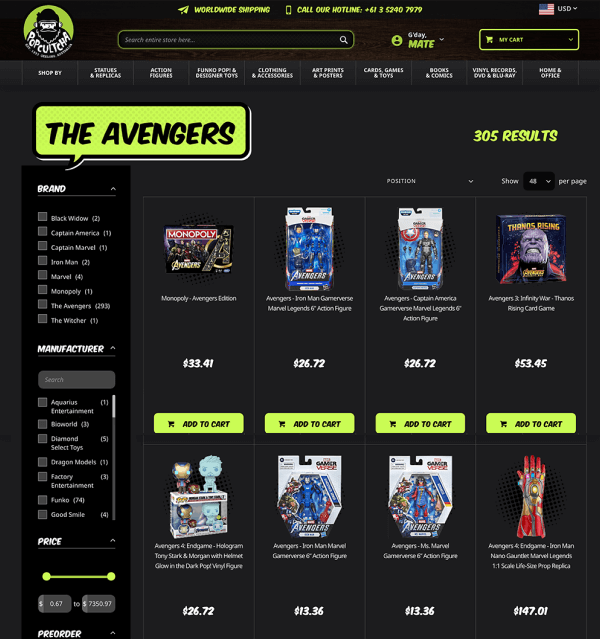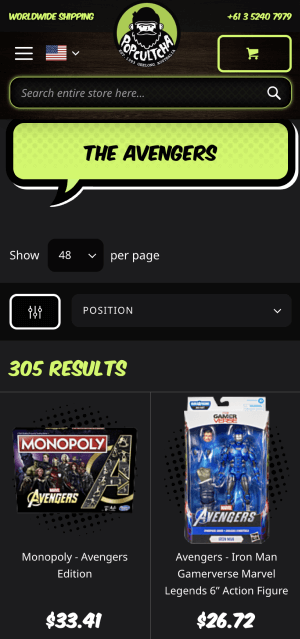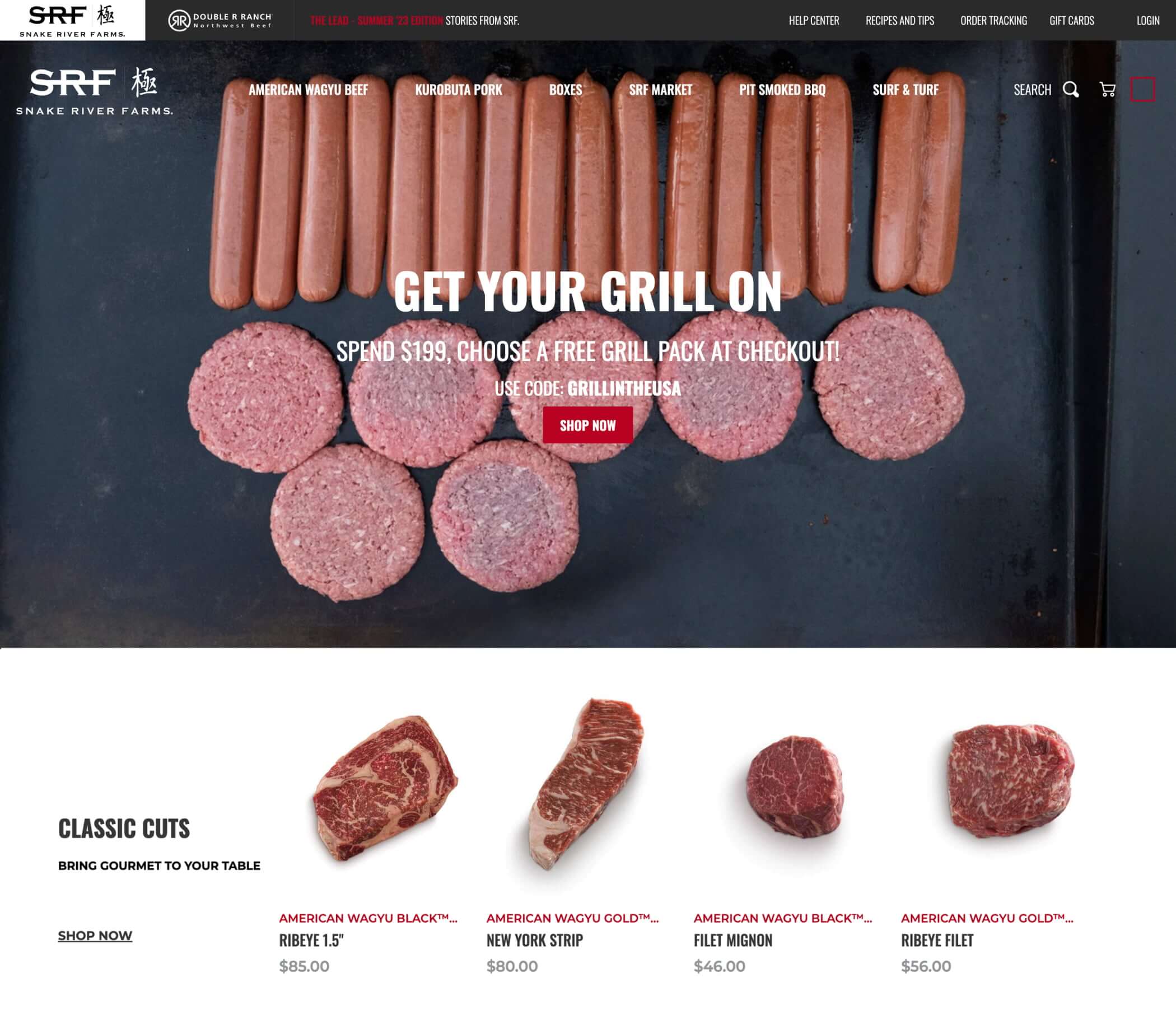Search
Careers
-
Services
- Platforms
- Case Studies
-
Resources
-
back
-
News & Events
See the latest new and event announcements.
-
Blog
Thought leadership on digital experience, analytics, and marketing.
-
-
About
-
back
-
 About OneMagnify
About OneMagnify
Learn about our culture, values, and how we work.
-
 Locations
Locations
Find our offices and connect with a local team.
-
- Careers
- Contact Us



![scuf-logo[1]](https://onemagnify.com/hubfs/scuf-logo%5B1%5D.png)

